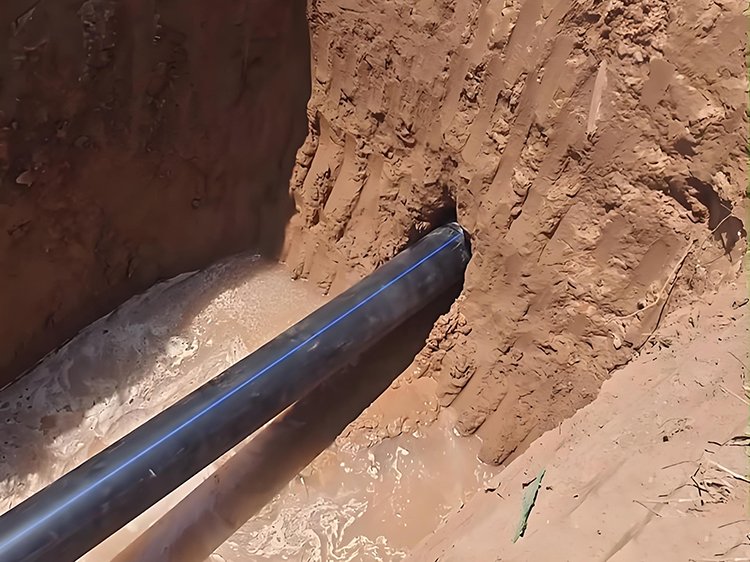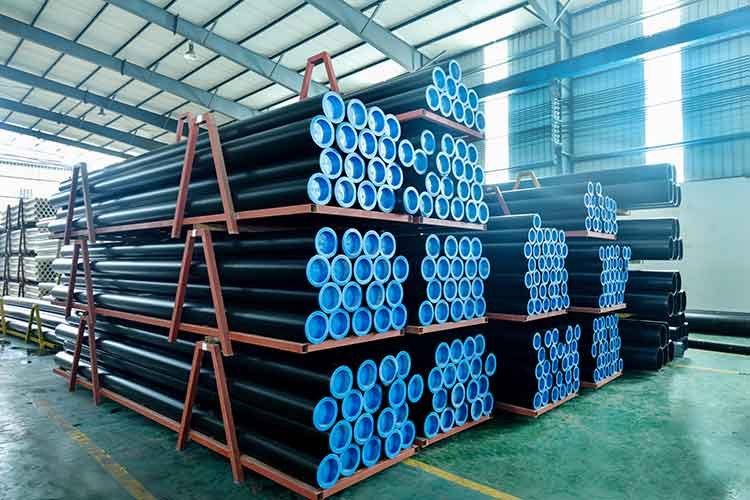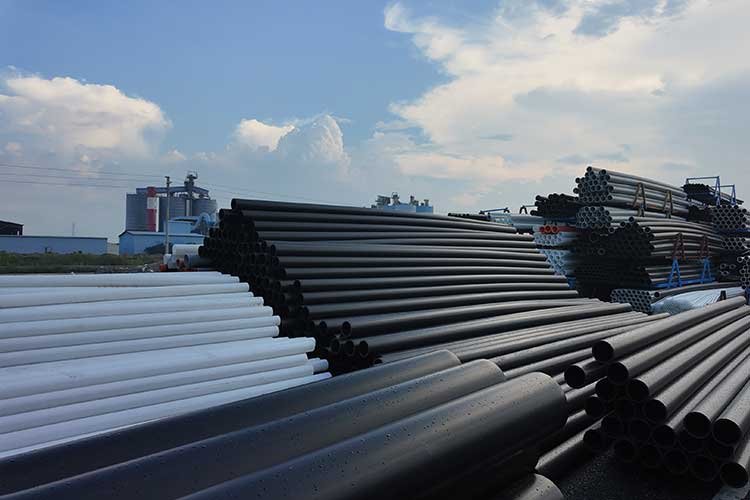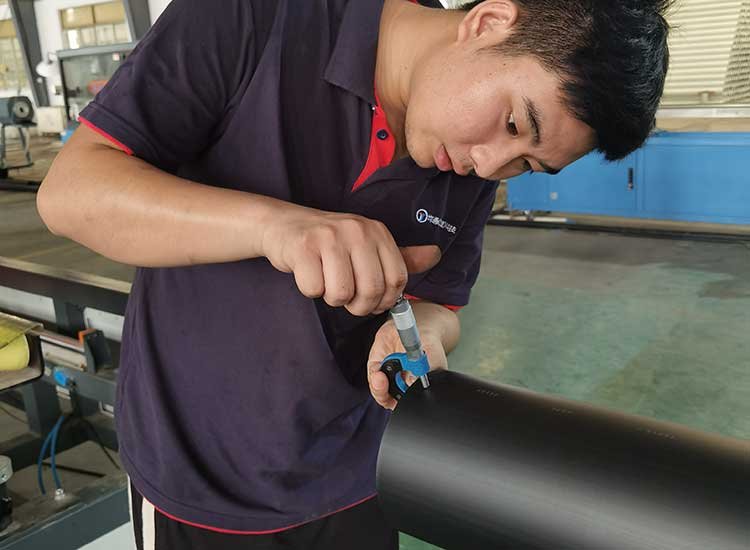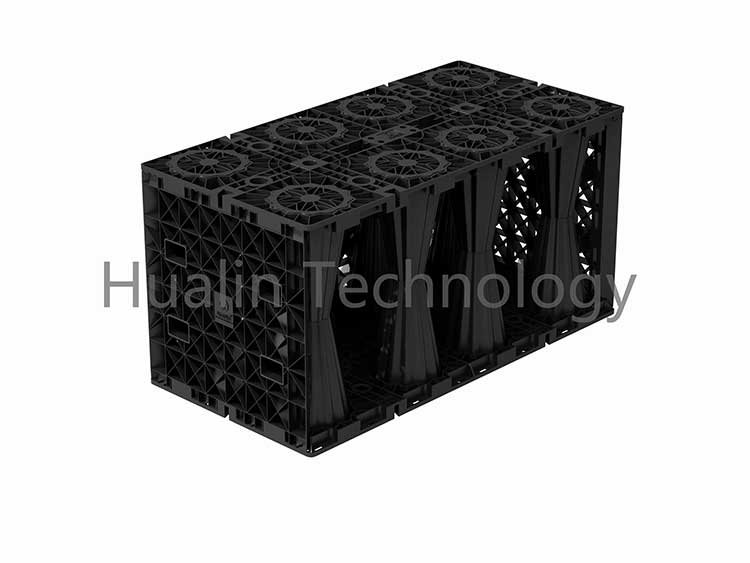Tuberías de riego
Las tuberías de riego son una parte indispensable de los modernos sistemas de riego agrícola. Su diseño y la selección de materiales afectan directamente al efecto del riego y a la eficiencia en la utilización de los recursos.
Envíe su consulta hoy mismo
Suministro de tuberías de riego
Las tuberías de riego son tubos especialmente diseñados que se utilizan en los sistemas de riego agrícola para transportar eficazmente el agua desde la fuente de agua hasta la zona radicular de los cultivos. Los sistemas de tuberías son esenciales para optimizar la utilización de los recursos hídricos, aumentar el rendimiento de los cultivos y lograr una agricultura de precisión. Las tuberías de riego no sólo deben adaptarse a las diferentes condiciones del terreno y del suelo, sino que también deben tener en cuenta la uniformidad del flujo de agua, la minimización de la pérdida de presión y la durabilidad y facilidad de mantenimiento del sistema.
Características principales de las tuberías de riego
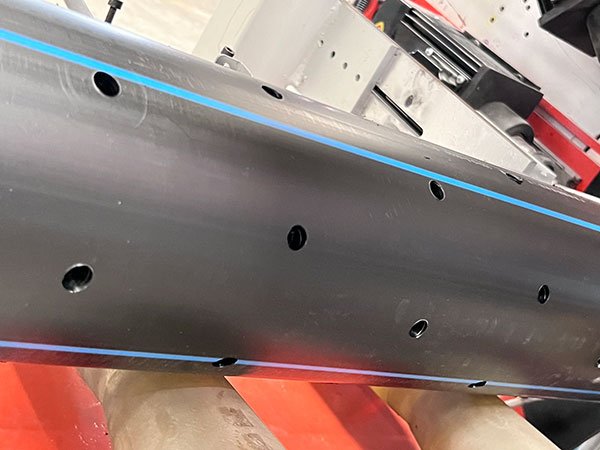
Selección de materiales para tuberías de riego
Entre los materiales habituales de las tuberías de riego se incluyen:
Polietileno (PE): Muy utilizado en los sistemas de riego modernos debido a su buena flexibilidad, resistencia a la corrosión y economía.
Polietileno de alta densidad (HDPE): Con mayor resistencia y rigidez, es adecuado para proyectos de riego con requisitos más estrictos.
Cloruro de polivinilo (PVC): Económico, fácil de instalar, adecuado para sistemas de riego fijos.
Tubos de aluminio o acero: Aunque son más pesados y caros, se siguen seleccionando en algunos casos especiales (como cuando se requiere una resistencia a la presión extremadamente alta).
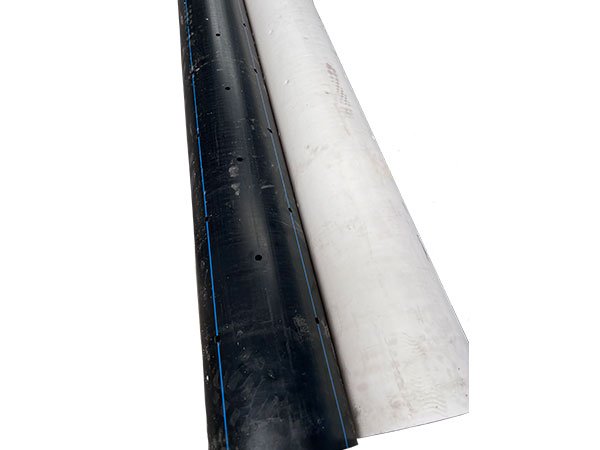
Aplicaciones de JUNTONG Tuberías de riego
Sistema de riego por goteo: Suministre agua de forma lenta y precisa a las raíces de las plantas a través de los goteros de las tuberías, ahorrando agua y mejorando la eficacia del riego.
Sistema de riego por aspersión: Utiliza aspersores para dispersar el agua en finas gotas y rociarlas sobre los cultivos, simulando el proceso natural de la lluvia.
Sistema de riego por microaspersión: método de riego intermedio entre el riego por goteo y el riego por aspersión, adecuado para cultivos económicos como árboles frutales y flores.
Sistema de riego subterráneo: Las tuberías se entierran bajo tierra para suministrar agua directamente a la zona radicular de los cultivos, lo que reduce las pérdidas por evaporación, y es especialmente adecuado para zonas áridas.
Artículos relacionados
Comprehensive Guide to Trenchless PE Pipe Technology
With the acceleration of global urbanization, municipal construction requires the laying and replacement of a…
Why use HDPE pipes in siphon drainage systems?
When it rains, you can hear a terrifying gurgling sound occasionally coming from the drainpipes,…
Pipe Specification Designation – Comprehensive Guide
Pipe specifications are commonly indicated using various methods such as DN, inch, D, Φ, De,…
Cómo calcular el espesor de la pared de una tubería de PE
Las tuberías de PE se utilizan ampliamente en el suministro y drenaje de agua urbana, gas, telecomunicaciones y energía...
Explora el peso por metro de las tuberías de PE y su fórmula de cálculo.
El peso por metro de una tubería de PE no solo es un reflejo directo del material...
Los 10 principales fabricantes de depósitos de plástico para la recogida de agua de lluvia en China
China cuenta con numerosos fabricantes de depósitos de plástico para la recogida de agua de lluvia, muchos de los cuales tienen experiencia y...
